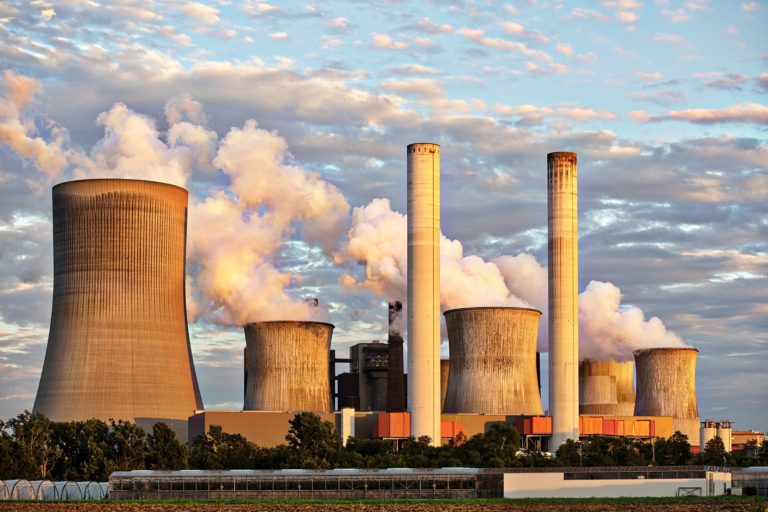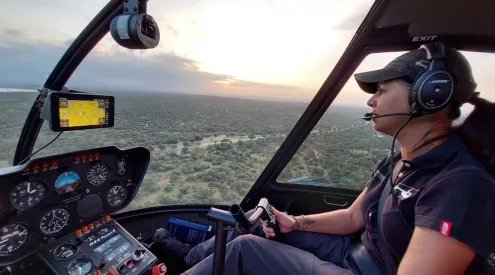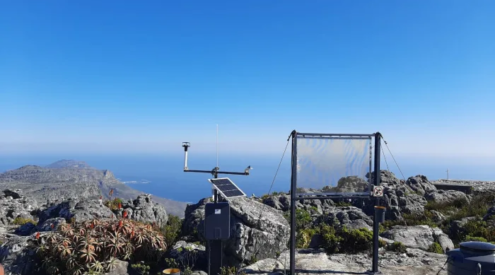About 125km east of Johannesburg, a significant coal-mining region, a methane cloud was detected on 10 May by satellite, emitting roughly 65 metric tons an hour, drawing attention to an obscure environmental risk associated with coal mining.

Coal is already considered a dirty fuel that is even more controversial when taking into account the added consequences of methane emissions.
The leak was detected by Karryos International, according to Business Tech, which measured a leak that correlates with a 3% concentration of methane in the air. Sasol commented that it immediately shuts down operations when its sensors measure a 1% concentration and that its analysers did not record anything greater than 0,5% on the day.
The incident sheds light on a rather obscure side effect of utilising coal as an energy source, where mining releases unrestrained amounts of methane into the atmosphere, which is the second-largest contributor to climate change after carbon dioxide.
This byproduct of coal mining has gone unscrutinised and raises concern about the continued use of this fuel. South Africa is amongst the highest potential methane emitters from planned coal mines, along with the United States, China, Russia and Australia.
South Africa is continuing investments in coal infrastructure to meet energy demand, with strong considerations of exploiting the Molteno-Indiwe coal fields in the Eastern Cape, reports Mining Weekly.
The leak detected by Karryos was part of the new initiative by the International Energy Forum (IEF) to collect standardised data regarding methane leaks in order to address climate change.
The IEF Secretary General, Joseph Monigle, commented that methane is the leading driver of climate change. This is because the gas is much more effective in trapping heat, capturing 84% more than carbon dioxide after two decades in the atmosphere.
Karryous International‘s observations are intent on closing the gap between observed methane emissions and those reported at the company level, with experts estimating that only 10% of emissions are reported. Sasol commented that their analysers did not record anything significant, and Ango-American commenting that their open cast Isibonelo mine is highly unlikely to emit the estimated levels.
If the May 10 release lasted an hour at the rate measured by Kayrros, it would trap roughly the same amount of heat as 260 000 cars driving at 100km/h. There were two other plumes in the vicinity of May 27, estimated to have emitted more than 40 tons of methane per hour.
This IEF initiative will allow its member countries to accurately assess their methane emissions and present credible plans in their determined contributions ahead of the 26th UN climate change conference (COP26) in November 2021.
Picture: Pexels

















